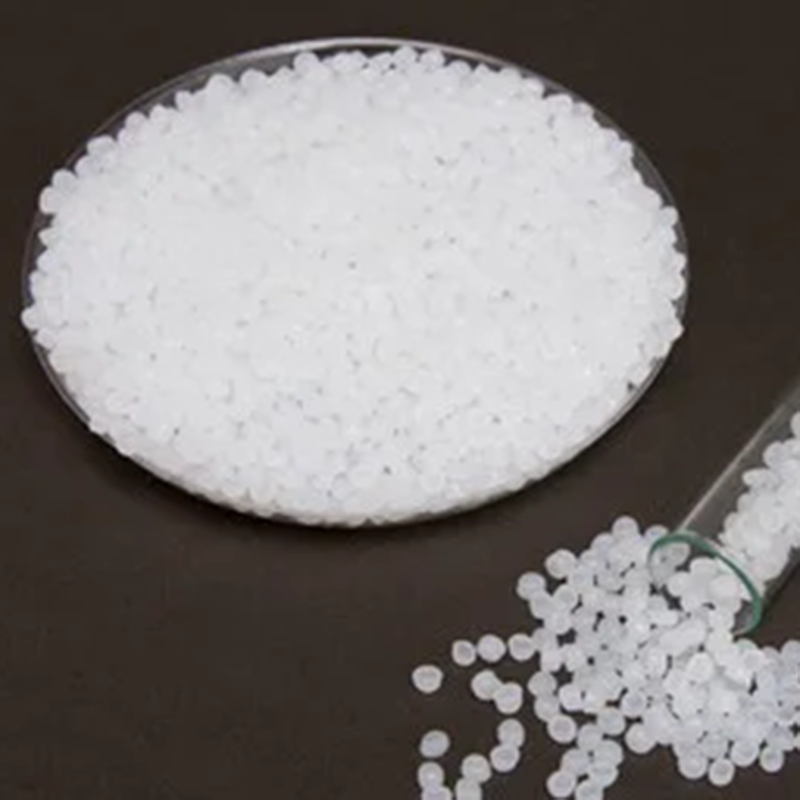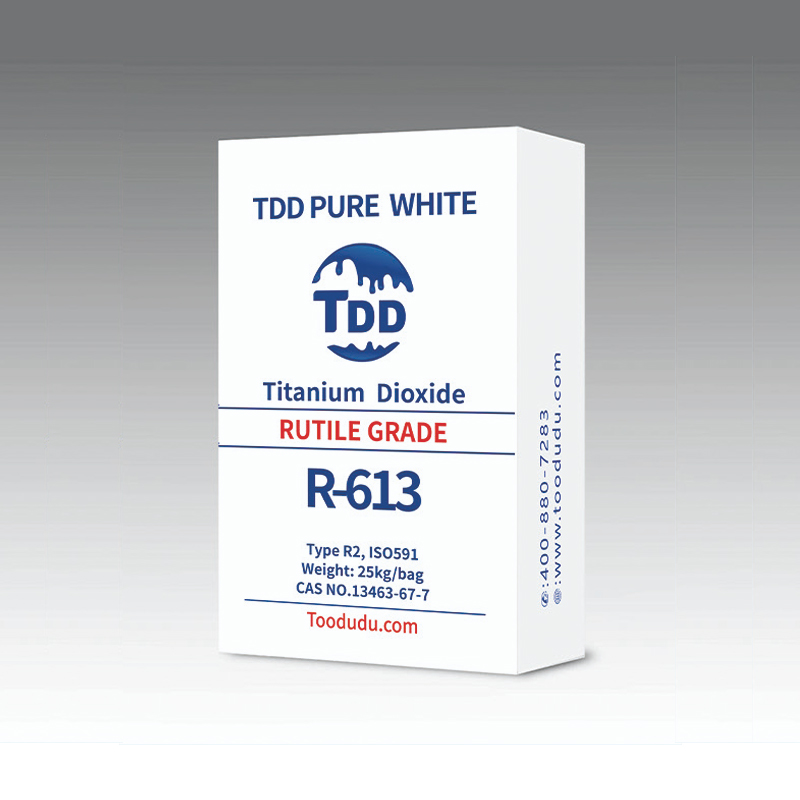Titanium sponge is the raw material for titanium processing materials. Generally, they are light gray particles with a clean surface and no visible inclusions. They also include defective titanium sponge blocks, such as over-burned titanium sponge blocks, oxidized titanium sponge blocks with obvious dark yellow and bright yellow, and Dark yellow and bright yellow traces of oxidized and nitrogen-rich titanium sponge blocks, titanium sponge blocks with obvious chloride residues, titanium sponge blocks with residues, etc.
Sponge metal titanium produced by metal thermal reduction method . Purity % (mass) is generally 99.1 ~ 99.7. The total impurity element % (mass) is 0.3 to 0.9, the impurity element oxygen % (mass) is 0.06 to 0.20, and the hardness (HB) is 100 to 157. It is divided into five grades from WHTiO to MHTi4 according to the purity. It is the main raw material for making industrial titanium alloys . Titanium sponge production is the basic link in the titanium industry. It is the raw material for titanium materials, titanium powder and other titanium components. Turn the ilmenite into titanium tetrachloride , put it into a sealed stainless steel tank , fill it with argon gas , and react it with the metal magnesium to get “sponge titanium”. This kind of porous “titanium sponge” cannot be used directly. They must be melted into liquid in an electric furnace before they can be cast into titanium ingots.

basic knowledge #
Sponge metal titanium produced by metal thermal reduction method. Purity % (mass) is generally 99.1 ~ 99.7. The total impurity element % (mass) is 0.3 to 0.9, the impurity element oxygen % (mass) is 0.06 to 0.20, and the hardness (HB) is 100 to 157. It is divided into five grades from WHTiO to MHTi4 according to the purity. It is the main raw material for making industrial titanium alloys. Titanium sponge production is the basic link in the titanium industry. It is the raw material for titanium materials, titanium powder and other titanium components. Turn the ilmenite into titanium tetrachloride, put it into a sealed stainless steel tank, fill it with argon gas, and react it with the metal magnesium to get “sponge titanium”. This kind of porous “titanium sponge” cannot be used directly. They must be melted into liquid in an electric furnace before they can be cast into titanium ingots.
discover history #
At the end of the 18th century, the British clergyman and amateur mineralogist William Gregor and the German chemist M.H. Klaproth came from the same place in 1791 and 1795 respectively. A new element was discovered in a black magnetite sand (later learned to be titanium magnetite ) and a non-magnetic oxide mineral (later learned to be natural rutile ore), which they called “Monaquin” respectively. ” (the name of the place where titanium magnetite was found) and “titanium clay”. A few years later, it was proven that the so-called “menacun” and “titanium” found in these two minerals were actually oxides of the same element, and this new species was named after the Titans (Titans), the Hercules in Greek mythology. The element is “Titanium”.
It took 120 years from the discovery of titanium to the first preparation of relatively pure titanium metal . It took nearly 40 years from the first time pure titanium was obtained in the laboratory to the first industrial production. Many researchers made a lot of explorations and suffered failures again and again. Finally, in 1948, DuPont succeeded and produced tonnage-level sponge titanium and porous titanium.
Process and equipment #
Large-scale titanium metallurgical enterprises are all magnesium-titanium joint enterprises, and most manufacturers adopt the reduction-distillation integrated process. This process is called a combined method or a semi-combined method, which realizes a closed-circuit cycle of the raw material Mg-Cl2-MgCl2 .
The reduction-distillation integrated equipment is divided into two types: inverted “U” type and “I” type. The inverted “U” type equipment is formed by connecting the reduction tank ( distillation tank ) and the condensation tank with a pipe with a valve. It is equipped with a special heating device and the entire system equipment is assembled at one time before reduction. If the system equipment of the “I” type integrated process is assembled at one time before reduction, it is called combined method equipment; and the reduction equipment is assembled first, and after the reduction is completed, the condensation tank is assembled while it is hot for distillation operation. The equipment is called a series combination equipment and is connected by a “transition section” with a magnesium plug in the middle.
Industry status #
During the past 10 years of rapid development, China’s titanium industry has seriously lost control. Many places have developed titanium projects amidst the “vigorous” rush of local protectionism , resulting in a serious oversupply in the titanium market. Although the use of titanium and titanium materials has increased year after year, But it cannot change the current situation that actual production capacity is far greater than demand. For example, in 2012, although the total amount of titanium materials was more than 60,000 tons, which was a significant increase compared with the previous year, the export of titanium ingots increased significantly. The total inventory of titanium ingots of many titanium material processing companies such as Baosteel and Bao Titanium was more than 5,000 tons. In addition, the country It also purchased and stored 4,000 tons of titanium ingots. It can be seen that the domestic titanium production has increased significantly, but the demand has not increased simultaneously. On the contrary, it can be seen that the development of the foreign titanium industry is relatively rational, unlike domestic development that is “progressing” out of control.
In 2012, the economy began to recover, but China’s titanium industry market is still sluggish. However, we must not blame it for the financial crisis and the European debt crisis . Instead, we must find reasons for our own out-of-control development. Otherwise, various economic crises will It’s over, but the development crisis of China’s titanium industry, which is desperately trying to launch projects, still exists. Looking at the development route of my country’s titanium industry over the past 10 years, we can see such a cycle accompanied by labor pains: the first expansion of production → the first reshuffle → the second expansion of production → the second reshuffle… my country’s titanium industry From the development of the 1960s to 2004, both titanium and titanium material processing capacity were very small. For example, at the end of 2000, my country’s titanium sponge production was 2,000 tons. However, as the demand for titanium gradually increased at the end of 2004, by 2005, sponge The price of titanium has risen from 50,000 to 60,000 yuan per ton to 200,000 to 300,000 yuan per ton, and huge profits have begun to appear. The titanium field has quietly experienced its first large-scale expansion. In just a few years, production capacity has increased. It quickly doubled more than 60 times. After expansion, adjustment, pain, and reshuffle, the actual production of titanium sponge in my country in 2012 increased by more than 40 times compared with 2000.

 2024-03-10
2024-03-10 



